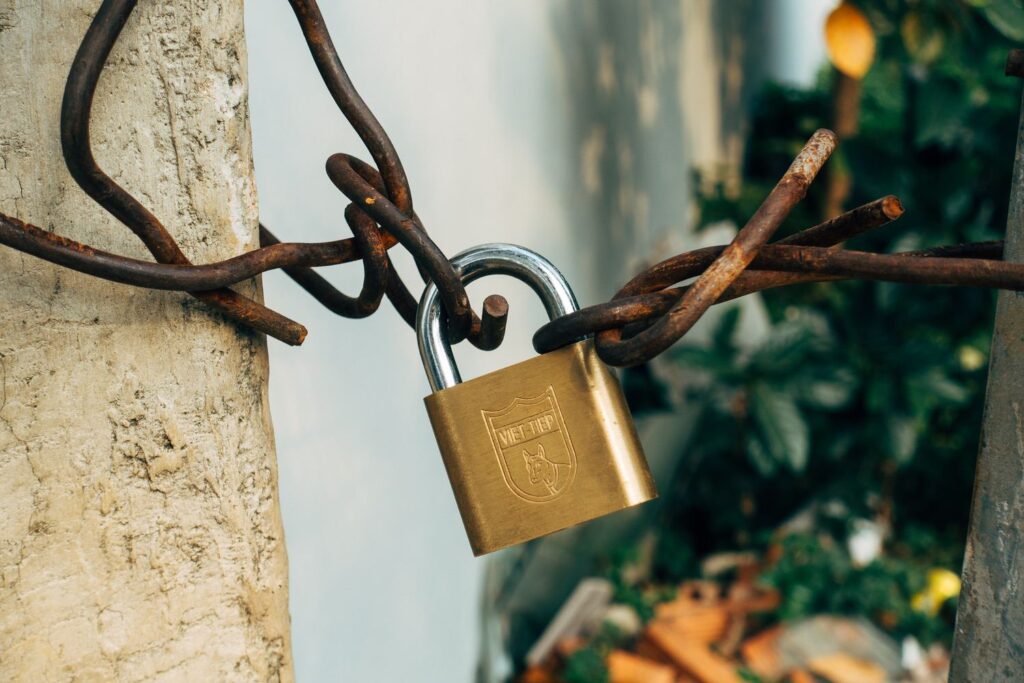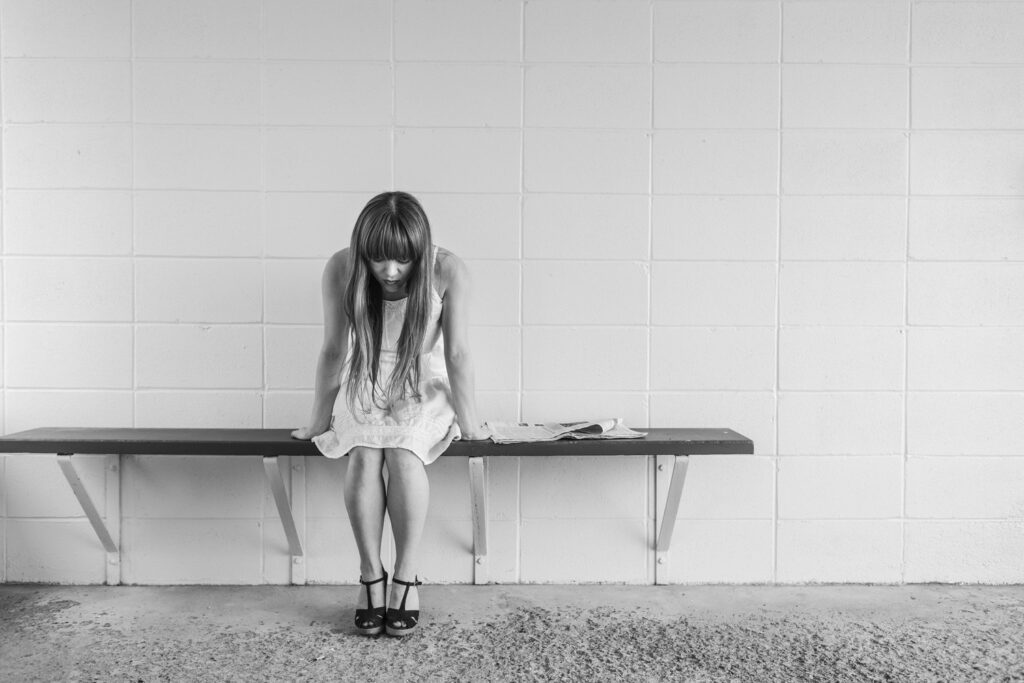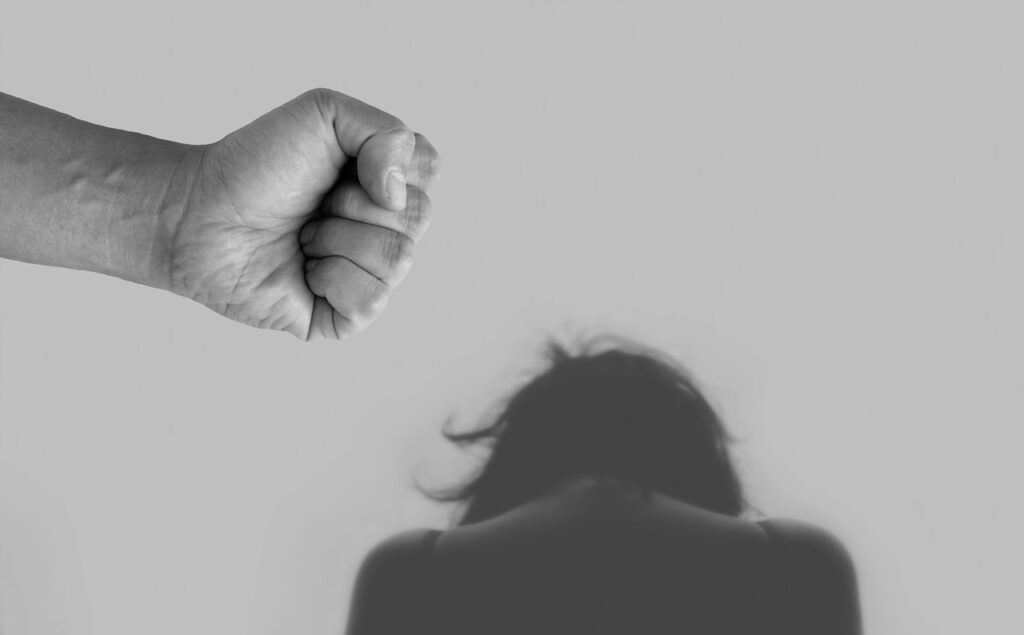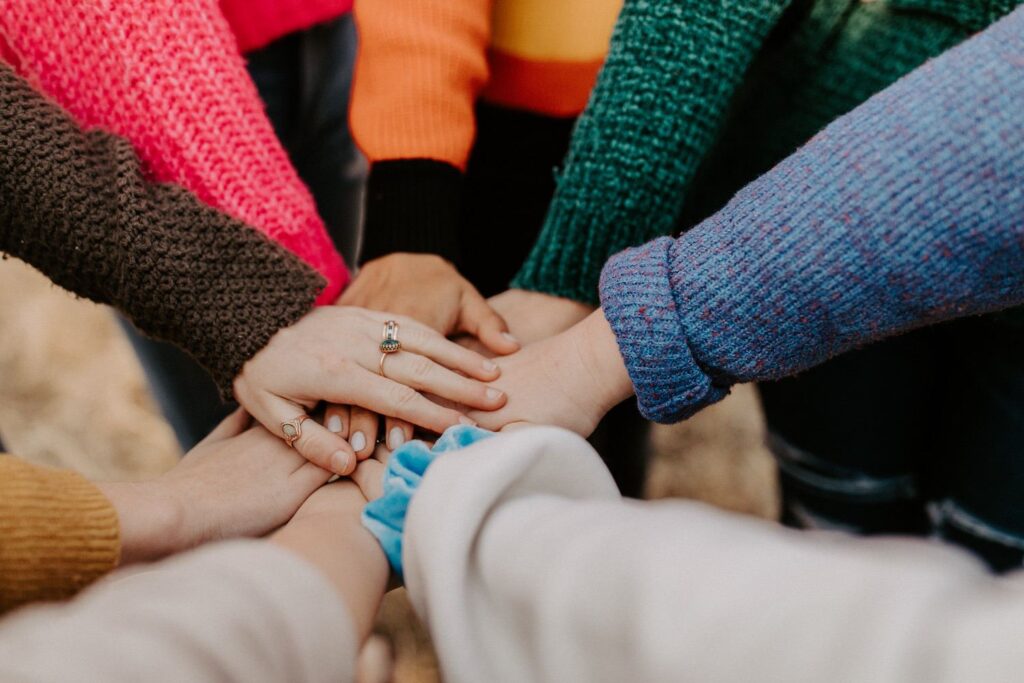Blog
Anti-Violence Against Women and their Children: An Overview
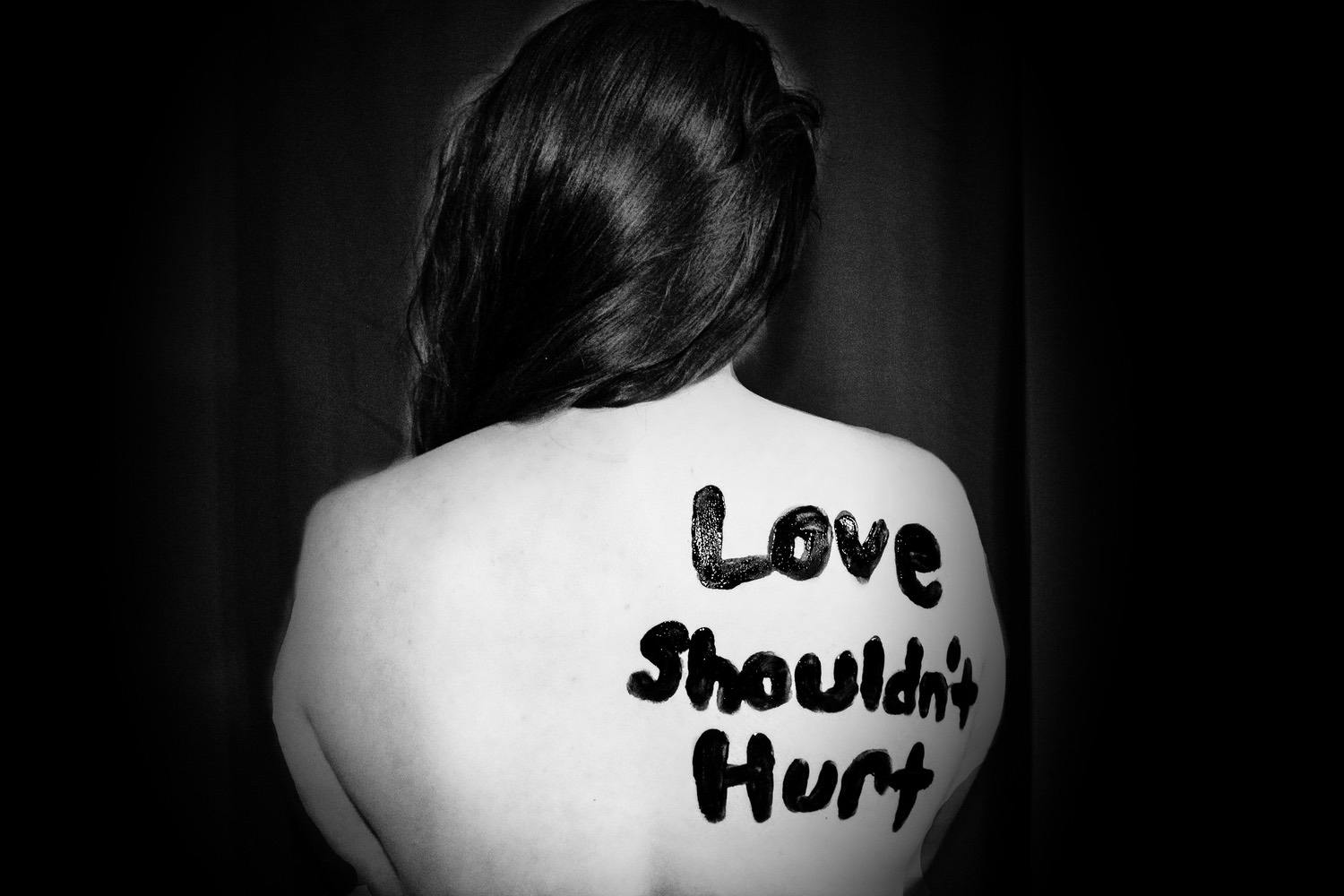
The National Commission on the Role of Filipino Women (NCRFW) reported that, for the years 2000-2003, “female violence comprised more than 90% of all forms of abuse and violence and more than 90% of these reported cases were committed by the women’s intimate partners such as their husbands and live-in partners.”
After nine (9) years of spirited advocacy by women’s groups, Republic Act (R.A.) No. 9262 was enacted, entitled “An Act Defining Violence Against Women and Their Children, Providing for Protective Measures for Victims, Prescribing Penalties Therefor, and for Other Purposes.” The law took effect on March 27, 2004.1
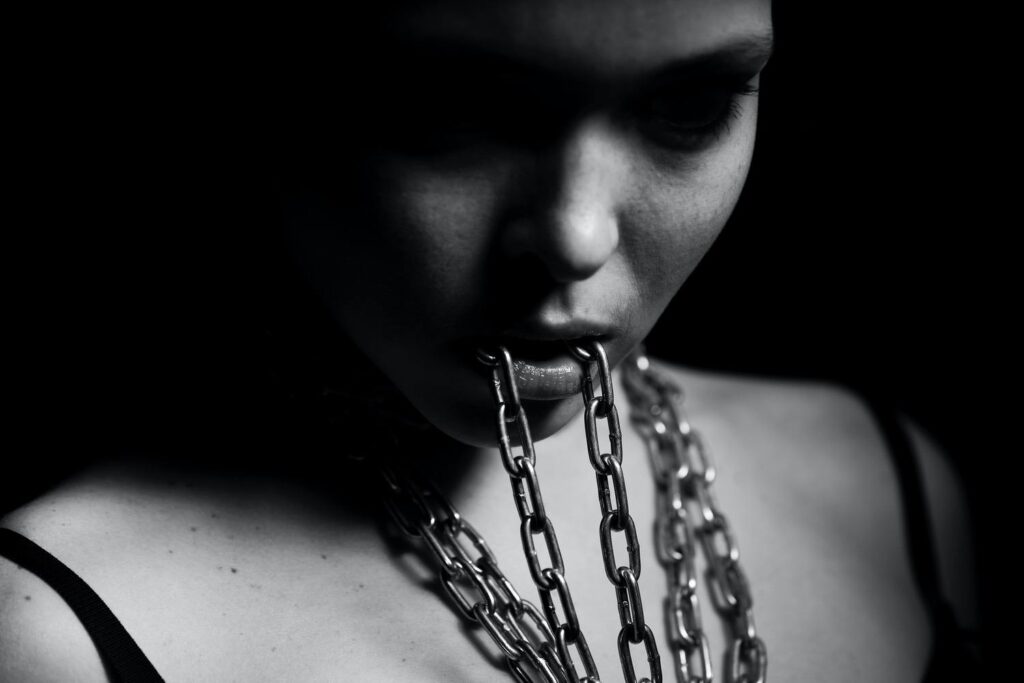
In 2008 it was reported that 20.1% of women aged 15-49 years old reported having experienced physical violence at the age of 15, in 2013 the figure was lowered to only 19.6%. When asked if they have experienced violence in the past year, the figure in 2008 is at 7.3%, there has been a slight decrease in this figure to 5.6% in 2013. 2
While the Philippines had progressed with the passing of the law, we still have a long road ahead to end cases of violence against women and their children. Information dissemination is an important part of this fight. Hence, this article will provide an overview of what R.A. 9262 is about.
What are considered acts of violence against women and children?
“Violence against women and their children” refers to any act or a series of acts committed by any person
- against a woman who is his wife;
- former wife;
- against a woman with whom the person has or had a sexual or dating relationship,
- with whom he has a common child;
- against her child whether legitimate or illegitimate, within or without the family abode
which result in or is likely to result in physical, sexual, psychological harm or suffering, or economic abuse including threats of such acts, battery, assault, coercion, harassment, or arbitrary deprivation of liberty.3
It is important to highlight that the common denominator for those who would be considered victims under this law is that the victim has some sort of relationship with the perpetrator. This is a unique and essential requisite in determining whether the case will be considered as a violation of R.A. 9262.
Take note that the definition provided above is just a general definition of what are considered as acts of violence against women and their children. A discussion of the specific acts of violence under the law will be released in a separate article.
An interesting question would be, is violence against women and their children committed by men alone? A perusal of the definition shows that the act may be committed by “any person“. There is no distinction as to whether this person is a male or female. It is therefore submitted that even a female may commit acts of violence against women and their children as long as the perpetrator had a dating or sexual relationship with the victim.
Who may file a complaint for violation of R.A. 9262?
Section 7 of R.A. 9262 provides that the Regional Trial Court designated as a Family Court shall have original and exclusive jurisdiction over cases of violence against women and their children under this law. In the absence of such court in the place where the offense was committed, the case shall be filed in the Regional Trial Court where the crime or any of its elements was committed at the option of the compliant.
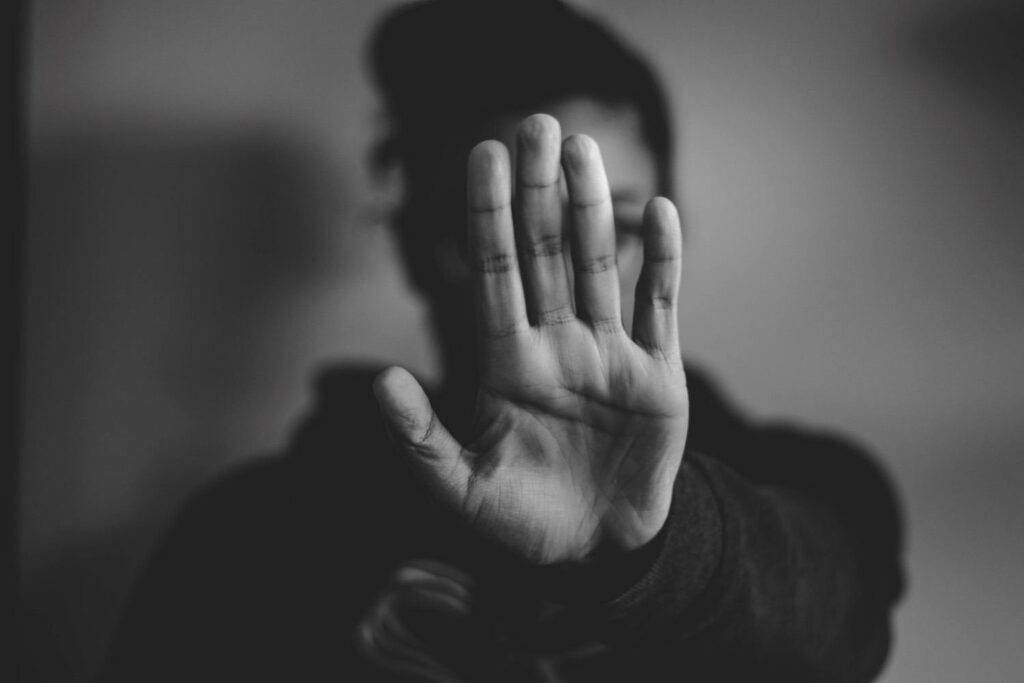
What are the rights of the victims?
Aside from availing of the legal remedies provided under R.A. 9262 such as, but not limited to, Permanent Protection Order (PPO) and Temporary Protection Order (TPO) which shall be discussed in detail in a subsequent article, the law vested victims of violence with certain rights.
Section 35 of R.A. 9262 provides that in addition to their rights under existing laws, victims of violence against women and their children shall have the following rights:
- To be treated with respect and dignity;
- To avail of legal assistance from the PAO of the Department of Justice (DOJ) or any public legal assistance office;
- To be entitled to support services from the DSWD and LGUs’
- To be entitled to all legal remedies and support as provided for under the Family Code; and
- To be informed of their rights and the services available to them including their right to apply for a protection order.
Employed victims are also entitled to additional leaves. Section 43 of R.A. 9262 provides that victims under this Act shall be entitled to take a paid leave of absence up to ten (10) days in addition to other paid leaves under the Labor Code and Civil Service Rules and Regulations, extendible when the necessity arises as specified in the protection order.
In addition to this, the DSWD, LGUs, and DOH are mandated by law to provide certain services to the victims. Particularly, Section 40 of R.A. 9262 provides that the DSWD, and LGUs shall provide the victims temporary shelters, provide counseling, psycho-social services and/or, recovery, rehabilitation programs, and livelihood assistance. The DOH shall provide medical assistance to victims.
Cases of Violence against Women and their Children today
Nineteen (19) years after the enactment of the law, cases of violence against women remain prevalent. In fact, under the 2022 Philippine National Demographic and Health Survey, it was reported that eighteen percent (18%) of women have experienced any form of physical, sexual, or emotional violence by their current or most recent husband/intimate partner.
Two in five women (41%) aged 15-49 who have experienced physical or sexual violence have never sought help to end the violence or told anyone about the violence.4 It is evident that to date, most women who are victims of violence have never sought the help of anyone and this might partly be due to the fact that the services they can avail of to protect themselves are not readily available or inefficient.

AJA Law aims to be a part of the solution in putting an end to the cases of violence against women. Should you need any help, our lawyers are readily available to help you and protect you, we are here for you. Together, we will put an end to the country’s long fight against violence against women.
Prepared by CJ Sabile.
FOOTNOTES
- Garcia vs. Drilon, G.R. No. 179267, 25 June 2013
- Clarissa C. David; Jose Ramon G.; Albert; Jana Flor V. Vizmanos. 2017. Rising to the challenge of eliminating all forms of violence against women and girls. © Philippine Institute for Development Studies. http://hdl.handle.net/11540/8070.
- Section 3(a), R.A. 9262.
- 2017 National Demographic and Health Survey


